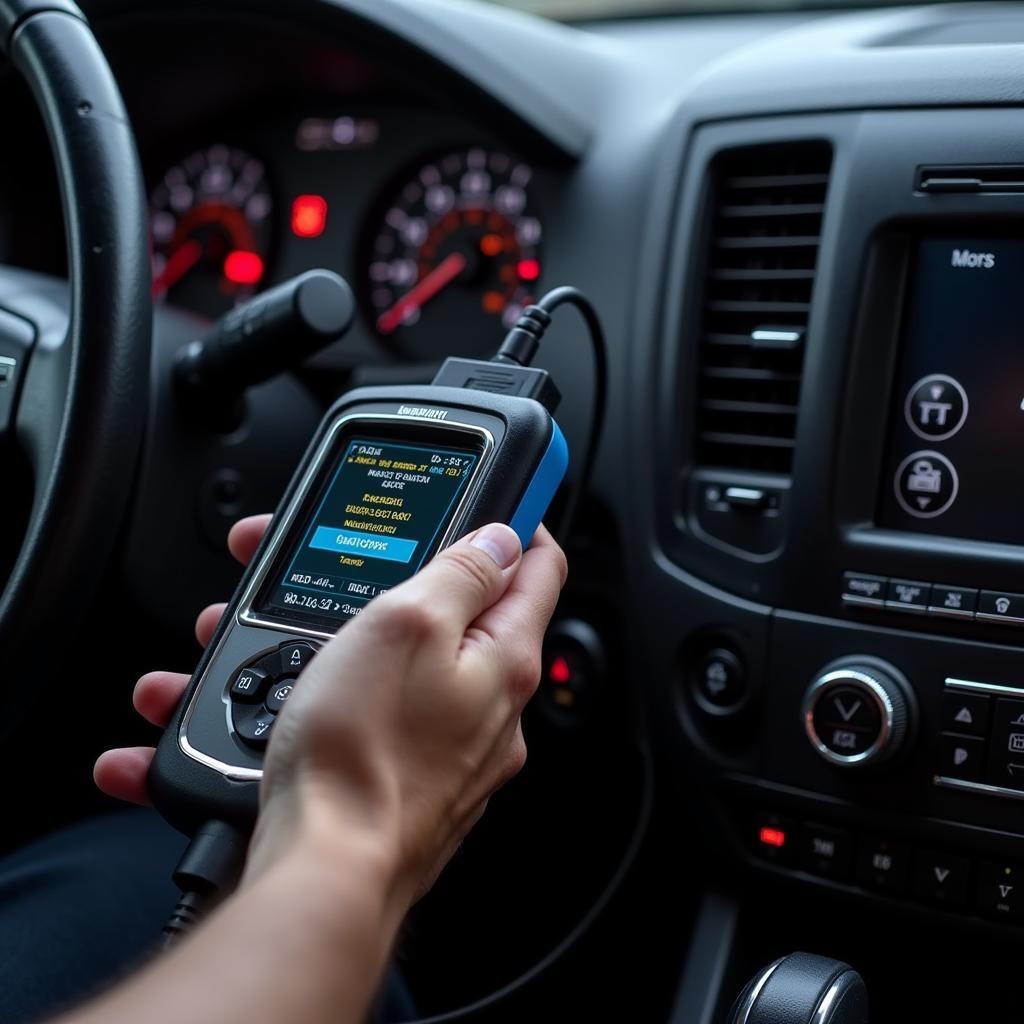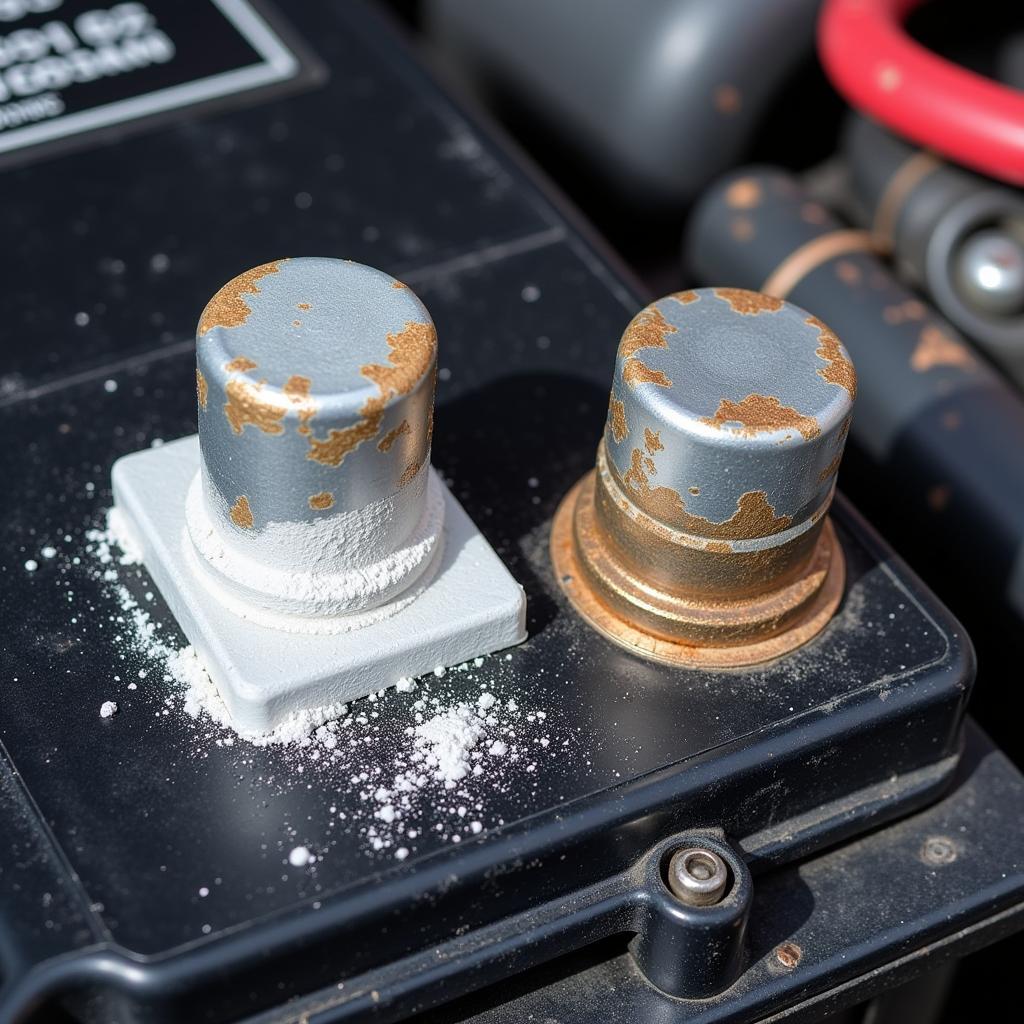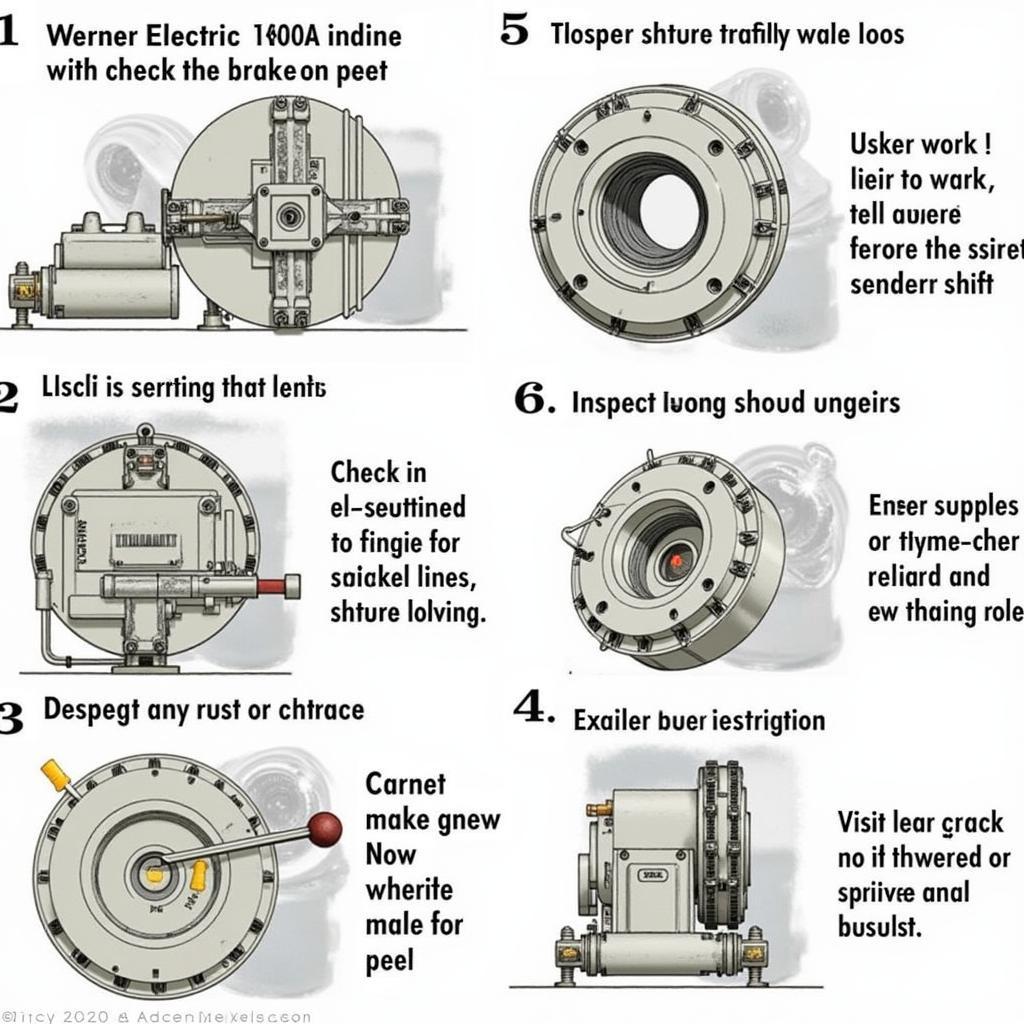A dead car battery can be a real headache, but sometimes the problems don’t end there. If your check engine light comes on after a battery replacement or jump start, you’re not alone. This is a common issue, and understanding why it happens can save you time and money. Let’s dive into the reasons behind this phenomenon and how to address it. check engine light after battery died
Why Does My Check Engine Light Turn On After a Dead Battery?
Several factors can trigger the check engine light after dealing with a dead battery. The most common reasons include:
- Lost Stored Data: Your car’s computer, also known as the Engine Control Unit (ECU), continuously monitors various systems. A dead battery disrupts this process, causing the ECU to lose stored data, including learned fuel trims and emissions readings. This loss of information can trigger the check engine light as the ECU needs to relearn these parameters.
- Low Voltage: Even after jump-starting or replacing the battery, the car’s electrical system might not be fully recovered. Low voltage can affect various sensors and components, leading to erratic readings and triggering the check engine light.
- Underlying Issues: Sometimes, a dead battery isn’t the primary cause but rather a symptom of an underlying issue. For example, a faulty alternator might have led to the battery dying in the first place. This underlying problem can then trigger the check engine light.
- Sensor Malfunction: The sudden voltage drop from a dead battery can sometimes damage or disrupt sensitive sensors, such as the oxygen sensor or mass airflow sensor. A malfunctioning sensor will directly trigger the check engine light.
How to Troubleshoot a Check Engine Light After a Dead Battery
If you find yourself with a glowing check engine light after a dead battery incident, don’t panic. Here’s a step-by-step guide to help you troubleshoot the problem:
- Check the Battery Connections: Ensure the battery terminals are clean, tight, and free of corrosion. Loose or corroded connections can prevent the battery from charging correctly. sign of low battery in car
- Drive the Car: Often, the check engine light will turn off on its own after the ECU has had time to relearn the necessary data. Drive the car for a few days under normal conditions and observe the light.
- Use an OBD-II Scanner: If the light persists, invest in or borrow an OBD-II scanner. This handy tool allows you to read the diagnostic trouble codes (DTCs) stored in the ECU, providing valuable insights into the specific issue. car battery just died overnight
- Research the Codes: Once you have the DTCs, research their meaning online or consult a repair manual. Understanding the codes will help you narrow down the possible causes.
- Clear the Codes: After identifying and addressing the issue, you can use the OBD-II scanner to clear the codes and reset the check engine light.
 Using an OBD-II scanner to diagnose a check engine light
Using an OBD-II scanner to diagnose a check engine light
What if the Check Engine Light Stays On?
If the check engine light remains illuminated even after following the troubleshooting steps, it’s crucial to consult a qualified mechanic. They have the expertise and specialized tools to diagnose and repair more complex issues.
When Should I Worry About the Check Engine Light?
While a check engine light after a dead battery can often be a minor issue, certain accompanying symptoms warrant immediate attention. If you experience any of the following, seek professional help immediately:
- Dimming headlights: This could indicate a charging system problem.
- Rough engine performance: Issues like misfiring or stalling could suggest a more serious problem.
- Unusual smells or smoke: These could be signs of electrical or mechanical damage.
 Checking for corrosion on car battery terminals
Checking for corrosion on car battery terminals
Frequently Asked Questions
Q: Can jump-starting a car cause the check engine light to come on?
A: Yes, jump-starting can sometimes trigger the check engine light due to voltage fluctuations.
Q: How long should I wait for the check engine light to go off after a dead battery?
A: It can take anywhere from a few driving cycles to a few days for the ECU to relearn and turn the light off.
Q: Is it safe to drive with the check engine light on?
A: While it’s often safe to drive short distances, a persistent check engine light should be investigated promptly to avoid potential damage. jeep renegade dead battery
Q: Will disconnecting the battery reset the check engine light?
A: Disconnecting the battery can temporarily reset the light, but it won’t address the underlying issue. 2019 honda crv key fob battery
Q: Can a dead battery damage my car’s computer?
A: In rare cases, a completely drained battery can potentially damage the ECU, though it’s not common.
Conclusion
A check engine light illuminating after a dead battery is a common occurrence and doesn’t always signify a major problem. By understanding the potential causes and following the troubleshooting steps outlined above, you can often resolve the issue yourself. However, if the light persists or you experience other alarming symptoms, consulting a qualified mechanic is crucial to avoid further complications and ensure your vehicle’s health. Don’t ignore that check engine light after your battery died – address it promptly for peace of mind and a smooth ride.



